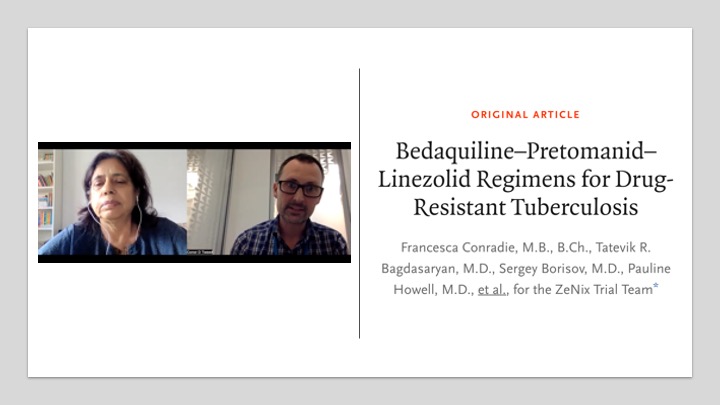New TB treatment breakthroughs must reach those in need without delay
SHOBHA SHUKLA - CNS

ZeNix Study results provide tremendous hope for better treatments of highly drug resistant forms of TB
(Image by CNS) Details DMCA
Recently, results of a large-scale phase-3 study of a potentially game-changing TB treatment therapy were announced that give us enormous hope that shorter, all-oral (no injectables), more effective and less toxic treatments will reach those in-need globally without any delay.
Earlier, treatment for drug-resistant forms of TB lasted for 20 to 24 months' duration or more, and treatment success rate hovered around 50% or less, with very high rates of drug toxicities and side effects. But this new six-month therapy (of BPaL - Bedaquiline, Pretomanid and Linezolid) shows that treatment success rate can be over 90%.
With less than 100 months left to end TB globally (and less than 40 months left to end TB in India), there is no doubt that we need more effective and less toxic treatments to cure TB, which continues to be among the top deadly infectious diseases today. It is therefore imperative that game-changing scientific breakthroughs must translate into public health gains in terms of reduced human suffering and deaths related to TB.
Shorter and more effective treatment for drug-resistant TB
Science has proven that it is possible to reduce the duration of treatment of highly drug-resistant forms of TB from around 2 years to 6 months, reduce the toxic side effects of the medicines and significantly improve treatment outcomes.
But first, let us understand why do we need new medicines and why do older medicines stop being affective against disease-causing germs, such as, TB bacteria? Antimicrobial resistance, also known as drug resistance, makes an infectious agent (such as the TB-causing bacteria) resistant to medicines. So, when TB bacteria become resistant to a medicine, they cannot be killed by it. That is why we need a different combination of medicines (to which the bacteria are sensitive) to treat the disease. Choice of medicines to treat is limited, treatment is long, risk of severe illness and dying is high, and a host of other issues, like drug toxicity, side effects, and even post-treatment disabilities at times, are other challenges.
(Note: You can view every article as one long page if you sign up as an Advocate Member, or higher).





